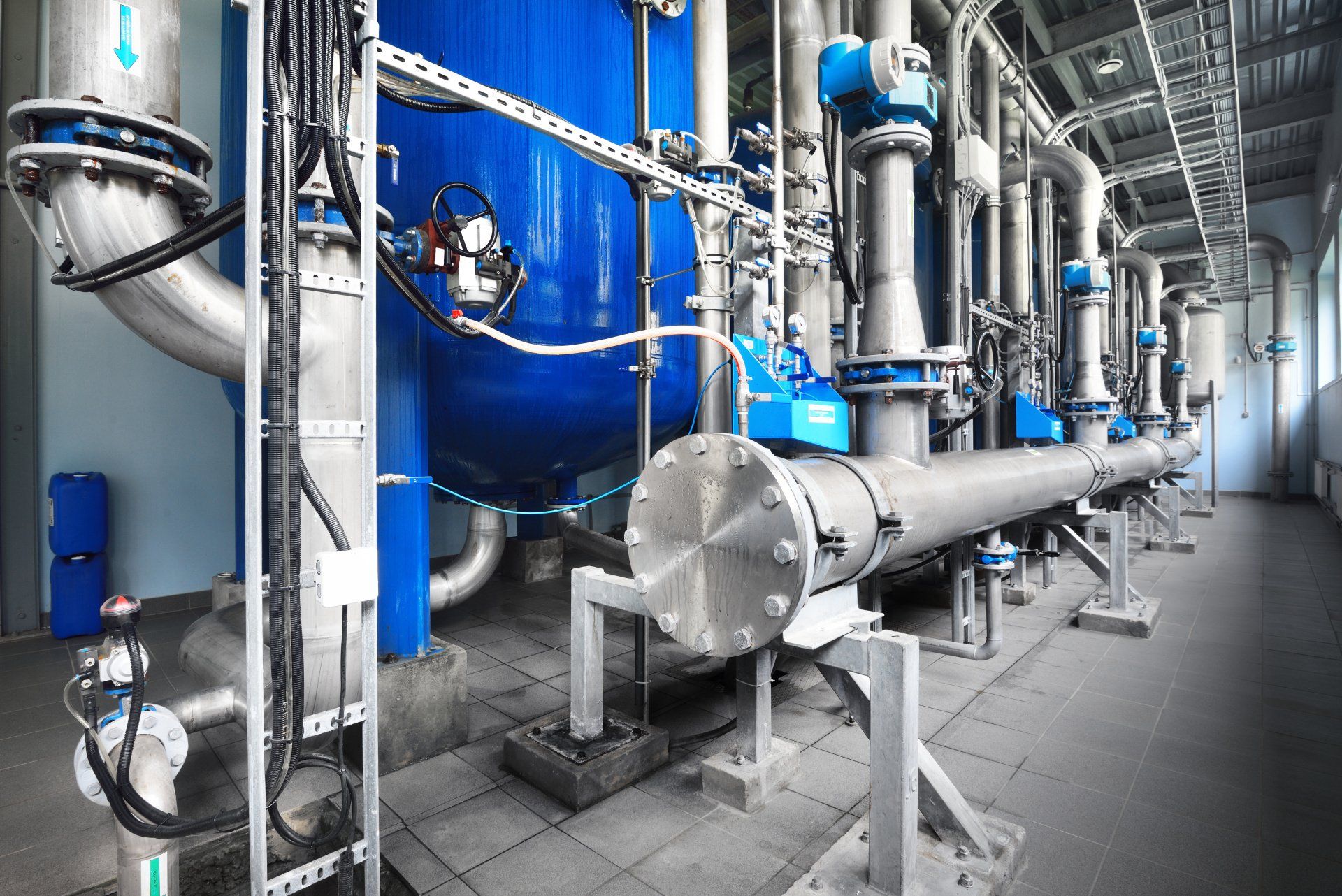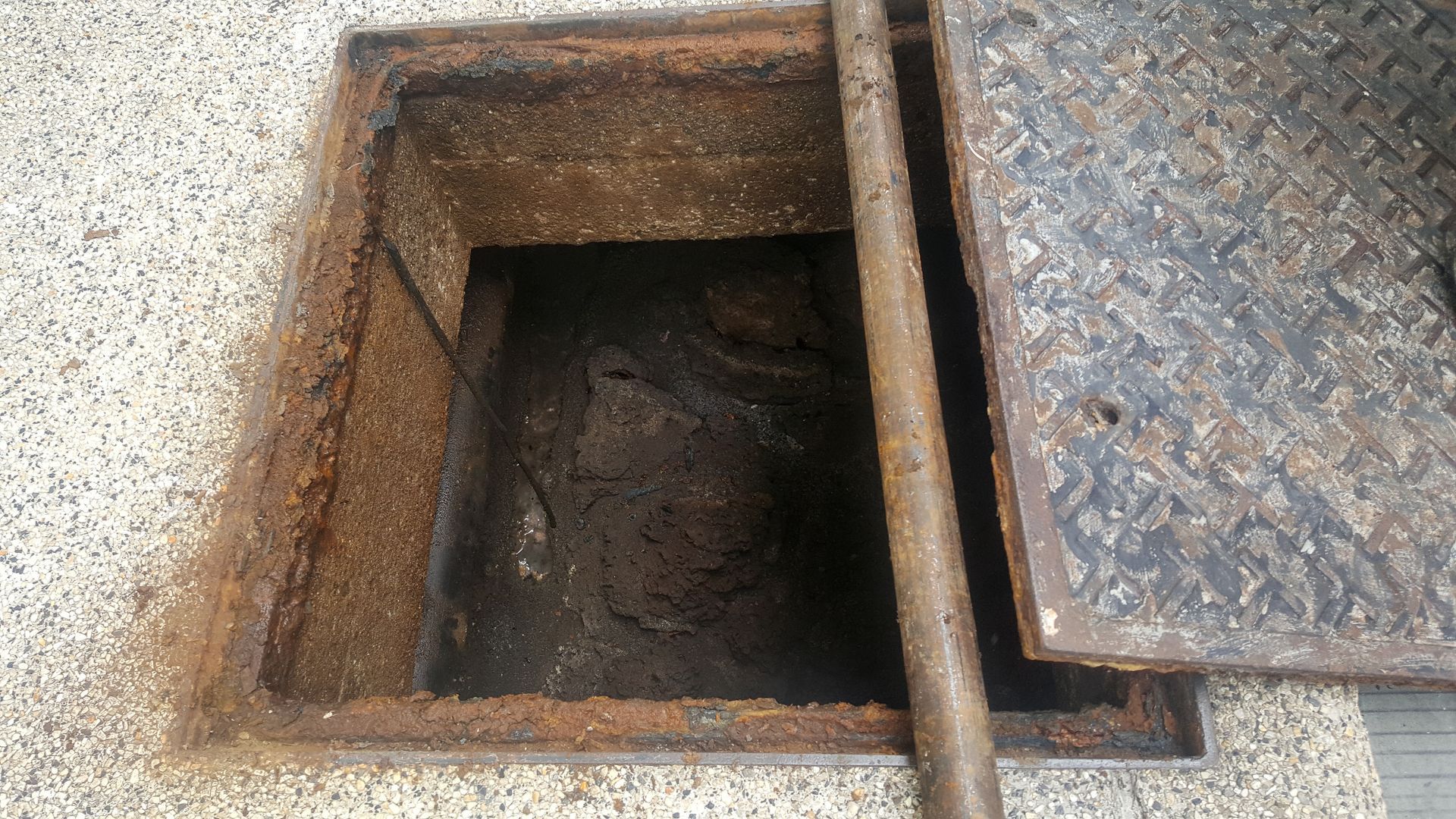What Is a Water Treatment Plant?

The definition for water treatment is broad. Any activity or process that improves the safety and quality of water is considered water treatment. For our modern purposes, water treatment is generally intended to make water safe for human consumption, but there are many degrees of water treatment. Even running water through a sieve to collect large particles could be considered rudimentary water treatment.
Not all water-borne pollutants or hazards are large enough to be caught in a traditional net, which is why many water treatment facilities utilize complex technologies and multi-stage processes to make water safe for drinking, food preparation, washing and bathing.
How Wastewater Treatment Plants Work
There’s a delineation between water treatment and wastewater treatment. Wastewater is polluted water that has been previously used for some purpose, like in an industrial setting or for cooking and cleaning. To turn wastewater into usable, potable water, it must undergo significant treatment. There are almost always several phases of wastewater treatment that include physical, chemical and even biological treatment methods.
As a result, wastewater treatment facilities can be dangerous environments – and not just because of the cleaning methods. Water collected from industrial applications or human use can be laced with dangerous pesticides and chemicals, pharmaceuticals, various personal care products people use and wash off and even heavy metals.
Heavy metals are of particular concern due to not only the extraordinary danger they pose to people but also the harm they can do to the environment. Heavy metals are non-biodegradable and can accumulate in large quantities at facilities that treat water for large populations and industrial businesses.
How Pollutants are Treated at Wastewater Treatment Facilities
Different treatment methods are harnessed to remove certain pollutant classes. For example, organic pollutants are generally treated with all three methods: physical, chemical and biological. Heavy metals often need to be removed with processes like chemical precipitation or various membrane filtration methods (like reverse osmosis).
Chemical Treatment
Chemical water treatment processes are often used to protect the environment. For example, pre-chlorinating water can help control algae and other types of biological growth in wastewater. Certain types of disinfectants may also be used to treat wastewater to kill pathogens like viruses or bacteria.
Not every water treatment method in this category would traditionally be considered a chemical. UV light can be used to eliminate pathogens in wastewater. Ozone, a gas found in our atmosphere, is also an extraordinarily powerful oxidizer that is sometimes used to break up the cell membranes of pathogens in water.
Physical Treatment
Physical water treatment, or conventional water treatment, relies on processes like screening, skimming or sedimentation to separate large particles from wastewater. Sedimentation separates insoluble materials in the water, allowing them to settle at the bottom of a tank in a process that’s similar to the way heavy food particles settle to the bottom of a grease trap.
Filtration may be the form of physical water treatment most familiar to the average person, especially since many people have various kinds of reverse osmosis or water filtration systems in their home. Pure water can pass through filters, while larger contaminants get trapped in the filter material.
Biological Treatment
Biological treatment methods are natural, which generally means they’re environmentally friendly. Since they harness biological processes, they aren’t contributing to chemical runoff or landfill waste. Various aerobic processes use bacteria to decompose organic waste in wastewater and convert it into carbon dioxide.
Anaerobic bacteria, the same bacteria responsible for fermentation, can be used to break organic pollutants into biogas, a renewable fuel source. Composting is another example of biological treatment. In this wastewater treatment process, a carbon sources like sawdust can be mixed with wastewater to leach contaminants.
Environmentally Conscious Wastewater Treatment in Georgia
Wastewater treatment is a key aspect of grease trap cleaning and servicing. During grease trap service your grease trap company needs to vacuum up all the FOG in your grease trap, including the water in which it’s suspended. That water needs to be properly treated before it’s returned to the environment. As a company that’s committed to being entirely green and sustainable, Southern Green Industries is proud of the effectiveness and cleanliness of our wastewater treatment facility.
Contact us at (404) 419-6887 to schedule a free grease trap cleaning consultation or to learn more about our wastewater treatment.
Recent Blog Posts
Contact us Today for a FREE Quote
We are committed to making grease trap cleaning and fryer oil recycling as clean and easy as possible. If you’d like to learn more about our services or get a quote, give us a call at (404) 419-6887.



